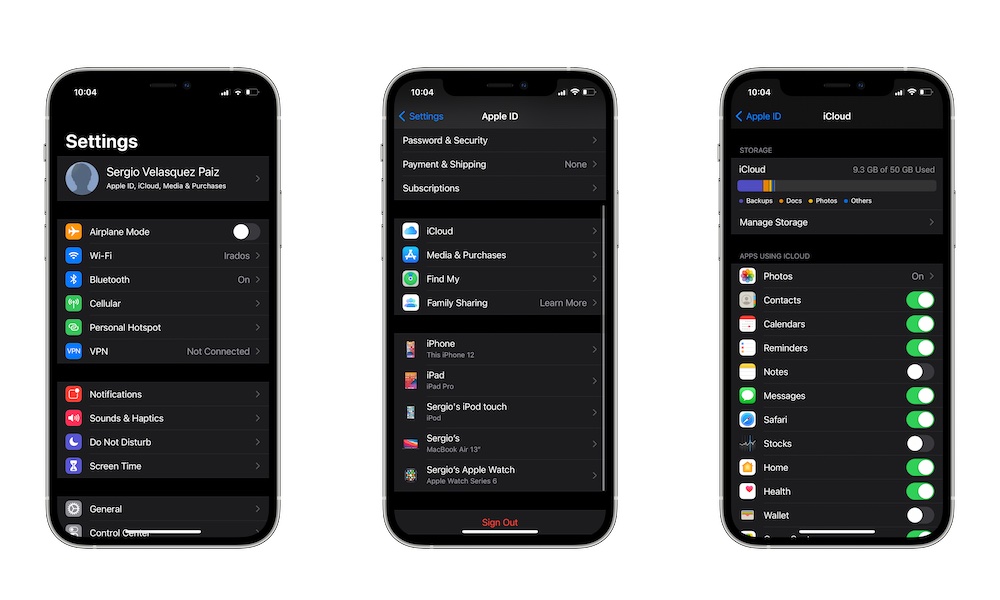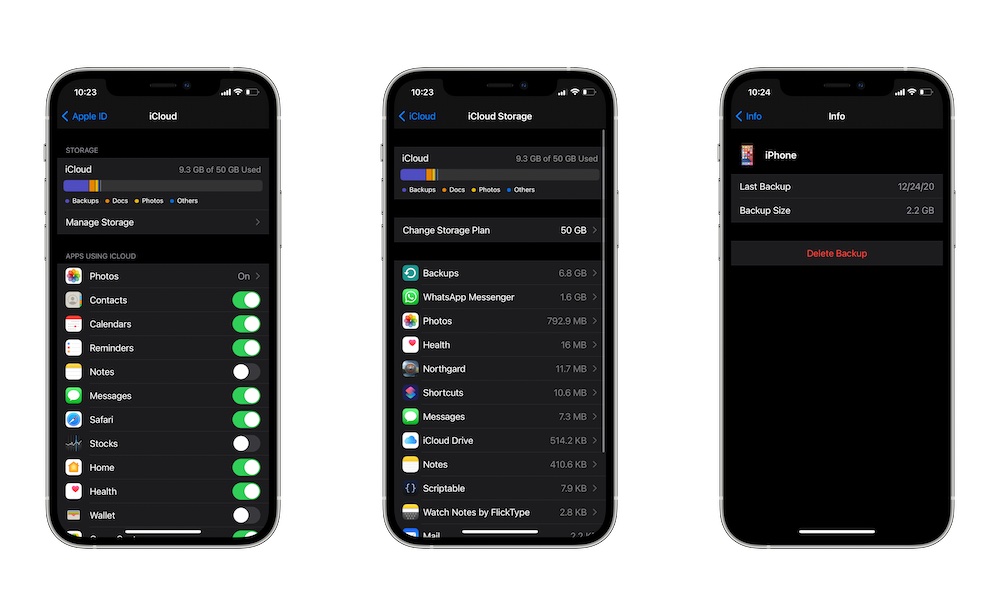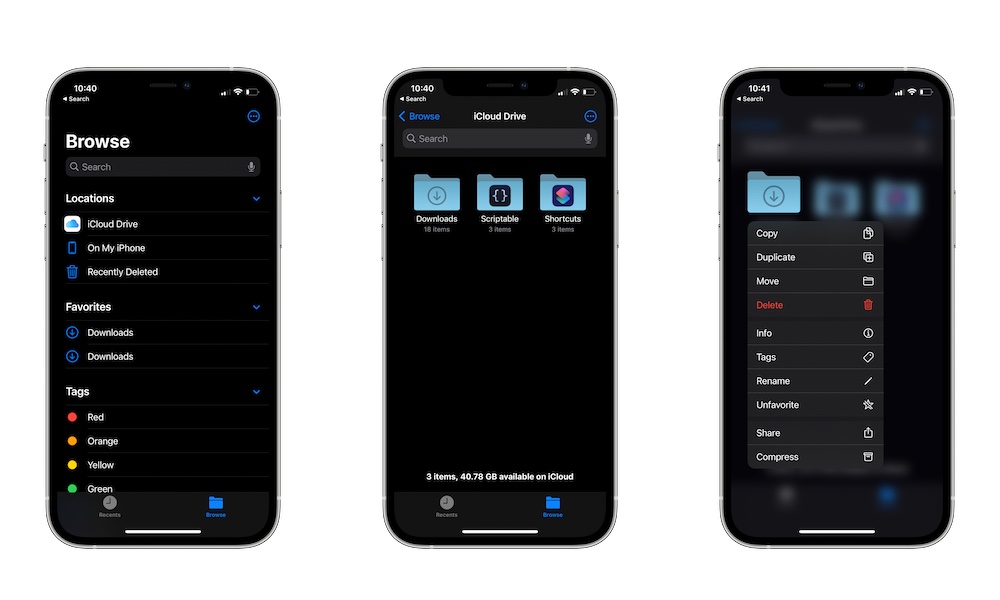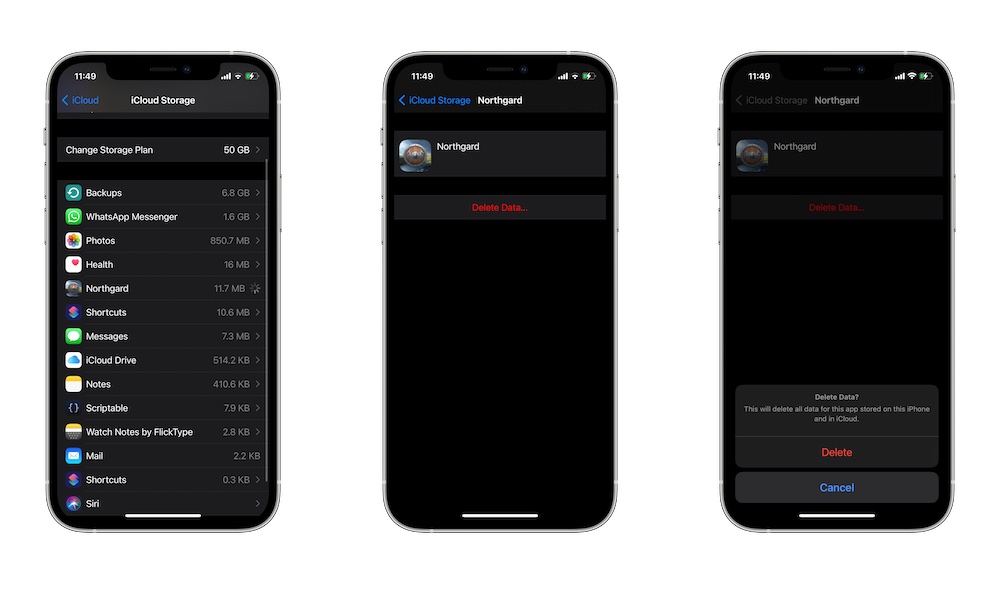Running Low on iCloud Storage? Here’s How to Make Room for the Things You Need
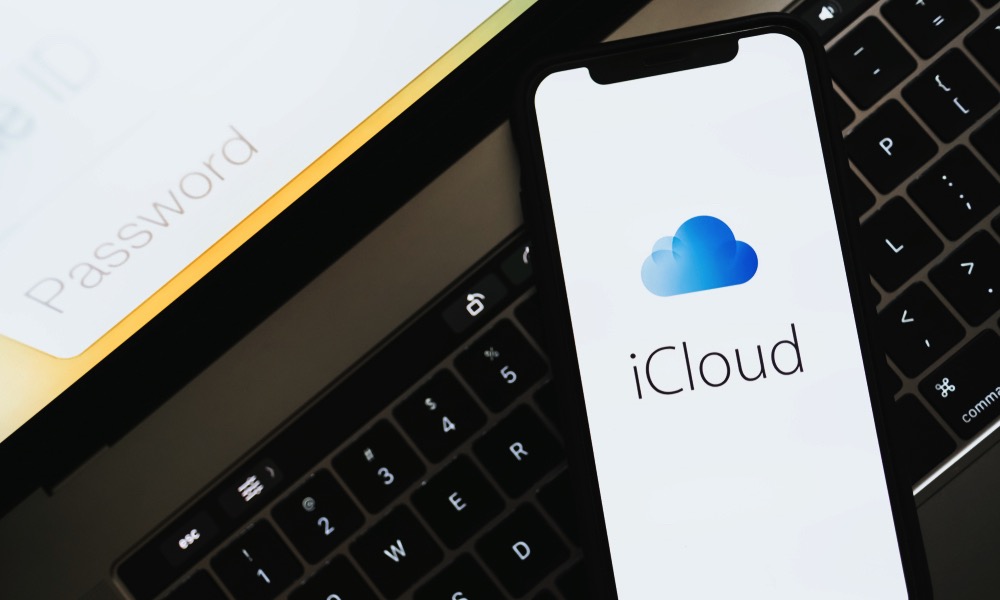 Credit: nikkimeel / Shutterstock
Credit: nikkimeel / Shutterstock
Toggle Dark Mode
If you have an iPhone or any Apple device for that matter, you already know about iCloud, Apple’s cloud service. Overall, iCloud isn’t that expensive – not only do you get 5GB of storage for free, but you can get up to 50GB of storage for less than a buck a month. It’s not a ton, but it’s more than enough for most people. That said, if you’re a power user or just someone who takes a lot of photos and uses a lot of apps, 50GB is probably not cutting it, let alone 5GB.
You could upgrade your iCloud plan to 200GB or even 2TB, but that may be too expensive. The other option is to get rid of files, pictures, and backups to make the most out of your iCloud storage. If you’re running low on space, here are some tips to free up your iCloud storage.
First, Find Out What’s Taking Up So Much Space
When it comes to cleaning out your iCloud storage, you first need to see what you’re storing that’s taking up so much space. If you’re using your iPhone or iPad, here’s what you need to do:
- Go to Settings.
- Tap on your Apple ID; it should be at the top of the Settings app.
- Tap iCloud.
If you’re on Mac, do the following:
- Click on the Apple menu on the top left corner of your screen.
- Click System Preferences.
- Click on Apple ID near the top of the window.
- Select iCloud from the left side menu.
It doesn’t matter which way you do it; you’ll see how much storage you have left and what type of files are taking up the most space. Most of the time, the categories taking the most space will be Backups, Docs, and Photos, which are pretty self-explanatory.
There’s also an “Others” category. Similar to the Other Storage on iPhone, this is a group of other files and data that aren’t big enough to have their own category. It will vary for everyone, but most of the time, it stores things like Mail and Messages.
Now that you know what’s taking up the most space, you can start by tackling that category first, but you don’t have to stop there. You can free up storage from every category. Here’s how:
Get Rid of Old Backups on iCloud
A lot of times, backing up your devices can take up a tremendous amount of iCloud storage. Although it’s a good idea to back up your Apple device, it can be too much for your iCloud plan to handle, especially if you still have old backups you no longer need. To delete backups from your iPhone or iPad, do this:
- Open Settings.
- Tap your Apple ID.
- Select iCloud.
- Tap Backups.
- If you need to, select which backups you want to delete.
- Tap Delete Backup.
- Tap Turn Off & Delete
If you want, you can also do it on your Mac.
- Click the Apple menu in the top left corner.
- Click System Preferences.
- Click Apple ID.
- Select iCloud from the left side menu.
- Click Manage on the bottom of the window.
- Select Backups.
- Select the device’s backup you want to delete and then click on the minus button at the bottom.
- Confirm by clicking Delete.
- Click Done.
Two things to keep in mind: First, deleting a backup will automatically turn off iCloud Backup on that device as well.
And second, if you have a change of heart, iCloud backups are available for 180 days after you disable or stop using iCloud Backup.
Delete Files in iCloud Drive
Sometimes you might want to save a file “just in case” you might need it someday. No judging, we’ve all been there. But these files might take unnecessary space on your iCloud Drive. Fortunately, you can quickly get rid of them. If you’re on iPhone or iPad:
- Go to the Files app.
- Tap Browse.
- Select iCloud Drive.
- Tap on the three dots on the top right side and tap Select.
- Select all the folders or files you want to delete and tap on Delete. You can also delete them individually by long-pressing a folder or file.
- Now go back to Browse and tap Recently Deleted.
- Select all the files you want to delete and tap Delete to get rid of them permanently.
For Mac users:
- Open Finder and go to your iCloud Drive folder.
- Grab all the folders you want to take out of your iCloud Drive and drag them to the Trash or move them to a local folder.
- If you want to delete them, go to Trash and right-click the files you want to delete, and click Delete Immediately.
Manage Which Apps Will Use iCloud Backup
Both first and third-party apps and games will store data in your iCloud account, but not all of them are necessary. You can delete the data to clear some space. For iPhone and iPad:
- Go to Settings.
- Tap on your Apple ID.
- Tap iCloud.
- Tap Manage Storage.
- Select an app.
- Tap Delete Data or Turn off and Delete, depending on the app.
- Tap Delete.
If you’re on a Mac:
- Open System Preferences.
- Click Apple ID.
- Select iCloud on the left side menu.
- Click Manage at the bottom of the window.
- Select an app.
- Click Delete all files or Turn off and Delete, depending on which app you selected.
- Click Delete.
Pro Tip, you can also select which installed apps use your iCloud account right before going into Manage Storage.
Delete Photos and Screenshots
If you’re using iCloud Photos, all your photos and videos go automatically to the cloud, which can take too much space. It’d be a good idea to delete some photos from the Photos app to reduce your storage. Deleting photos is pretty straightforward, but here’s a quick reminder on how to do it.
- Open the Photos app.
- Tap All Photos.
- Tap Select on the top left corner.
- Select all the photos and videos you want to delete.
- Tap on the Garbage icon in the bottom right corner.
- Tap Delete Photos.
If you want, you can also stop using iCloud Photos altogether. Here’s how:
- Go to Settings.
- Tap on your Apple ID.
- Select iCloud.
- Tap Photos.
- Toggle iCloud Photos off.
- Tap on Remove from iPhone or Download Photos & Videos depending on what you want.

